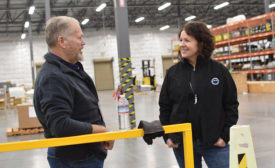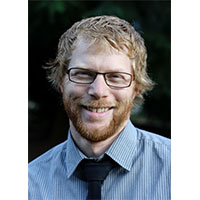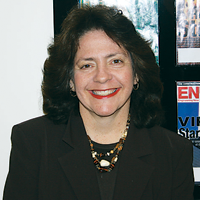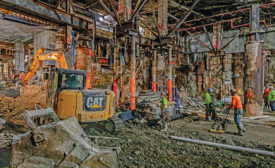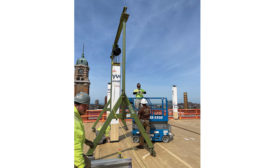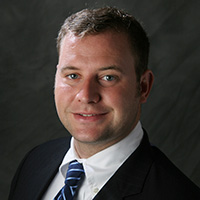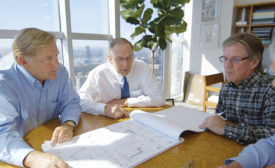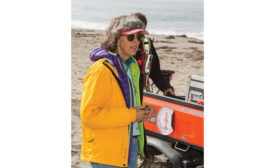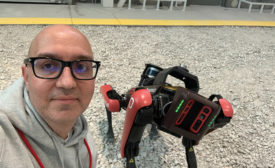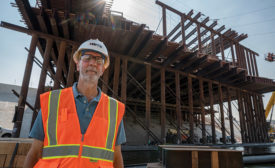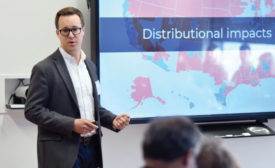Awards
ENR 2022 Top 25 Newsmakers
ENR 2022 Top 25 Newsmakers
Valerie McCain: Bechtel Senior Executive Steers Nuclear Waste Cleanup Megaproject
Read MoreENR 2022 Top 25 Newsmakers
Tony Mazzo: Masterminding the Complex 30-ft Lift of a Broadway Theater in New York City
Read MoreENR 2022 Top 25 Newsmakers
James Litwin: Construction Executive Unlocked Efficiencies of CLT and Mass Timber in Cleveland
Read MoreENR 2022 Top 25 Newsmakers
Jerry Lea: Sustainability Pioneer's Efforts Led to First-of-a-Kind Embodied Carbon Guide
Read MoreENR 2022 Top 25 Newsmakers
Burcin Kaplanoglu: Former Lendlease Executive Spearheads Oracle's Construction Tech Demonstration Lab
Read MoreENR 2022 Top 25 Newsmakers
Michael H. Jones: Bringing Novel Seismic Concept to Fruition Through Collaboration
Read MoreThe latest news and information
#1 Source for Construction News, Data, Rankings, Analysis, and Commentary
JOIN ENR UNLIMITEDCopyright ©2024. All Rights Reserved BNP Media.
Design, CMS, Hosting & Web Development :: ePublishing
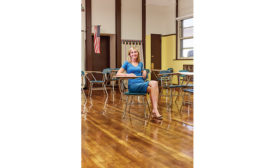

_ENRready.jpg?height=168&t=1680719576&width=275)
